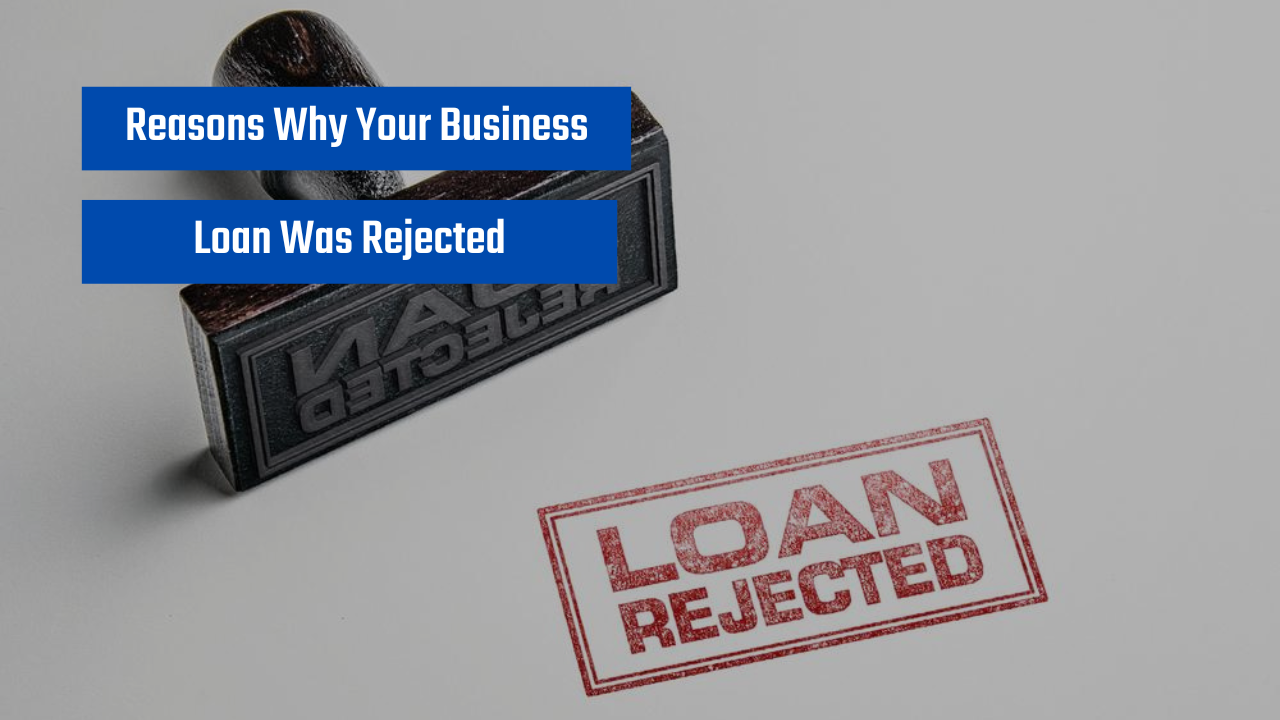- Inaccurate Information: Providing incorrect or misleading information on the application form or supporting documents is a serious error. Discrepancies between different documents can raise red flags and lead to rejection.
- Missing Documents: Omitting crucial documents, such as transcripts or proof of income, significantly weakens your application. Ensure all necessary documents are included and properly formatted.
- Late Submission: Submitting documents after the deadline can result in rejection. Meet the specified deadlines to avoid potential issues.
- Poorly Scanned/Photocopied Documents: Ensure that scanned or photocopied documents are legible and of high quality. Blurred or poorly formatted documents can be difficult for lenders to process.
- Incomplete Application Forms: Leaving sections of the application form blank or failing to answer all required questions can result in rejection. Ensure you complete every section with accurate information.
Creating a Document Checklist
A comprehensive checklist is invaluable for ensuring a smooth application process. This checklist will help you keep track of all required documents and prevent any omissions.
A well-structured checklist provides a clear roadmap for your loan application process, reducing the chances of errors and ensuring a timely and successful outcome.
- List all required documents: Thoroughly research and compile a complete list of documents required for your specific loan application.
- Gather the documents: Collect all the necessary documents and organize them in a clear and accessible manner.
- Verify accuracy: Carefully review each document for accuracy and completeness, ensuring that all details match. Cross-reference the information across different documents.
- Create a checklist: Develop a checklist that includes all documents, their required format, and due dates. This will help in keeping track of the entire process.
- Proofread thoroughly: Before submitting, double-check the entire application package, including the forms, documents, and checklist.
Lack of Co-signer or Collateral: 5 Reasons Your Education Loan Might Get Rejected

Securing an education loan often hinges on more than just a strong academic record and compelling financial need. Lenders meticulously assess your ability to repay the loan, and a crucial part of this assessment involves evaluating your financial backing. A lack of co-signer or sufficient collateral can significantly impact your loan application’s approval chances.Co-signers and collateral act as safety nets for lenders, reducing the risk of default.
They provide assurance that the loan will be repaid even if the borrower faces unforeseen circumstances. Understanding the role of co-signers and the importance of collateral is crucial for successfully navigating the loan application process.
Role of Co-signers in Education Loans
Co-signers are individuals who agree to take responsibility for repaying the loan if the primary borrower defaults. They essentially guarantee the loan’s repayment, bolstering the lender’s confidence in the borrower’s ability to manage the debt. This added layer of security allows lenders to approve loans for individuals who might not otherwise qualify based solely on their creditworthiness.
Benefits of Having a Co-signer
Having a co-signer can significantly increase your chances of loan approval, particularly if your credit history or income is insufficient. A co-signer with strong creditworthiness can offset any shortcomings in your financial profile, making you a more attractive borrower. This can lead to lower interest rates and more favorable loan terms.
Drawbacks of Having a Co-signer
While co-signers can be beneficial, they also bear significant responsibility. A co-signer’s credit score and financial stability are directly affected by the loan’s repayment. Defaulting on the loan will negatively impact their credit history, potentially creating long-term financial repercussions. It’s crucial for co-signers to fully understand the implications before agreeing to a co-signature.
Importance of Collateral in Education Loans
Collateral acts as a guarantee to the lender. If the borrower defaults on the loan, the lender can seize the collateral to recover the outstanding amount. Common types of collateral include property, vehicles, or even valuable assets. The value of the collateral must be substantial enough to cover the loan amount. This reduces the lender’s risk and enables them to offer more favorable terms.